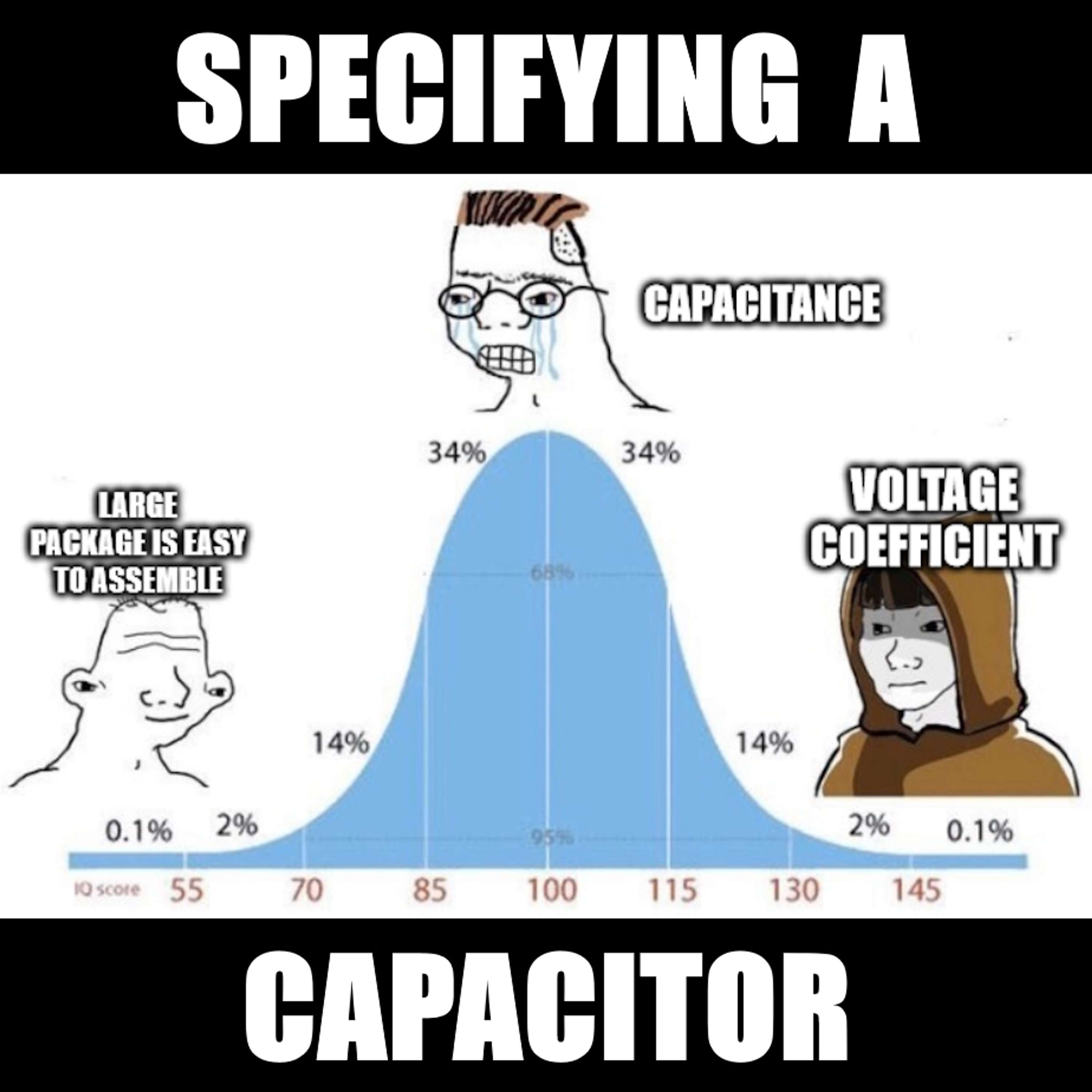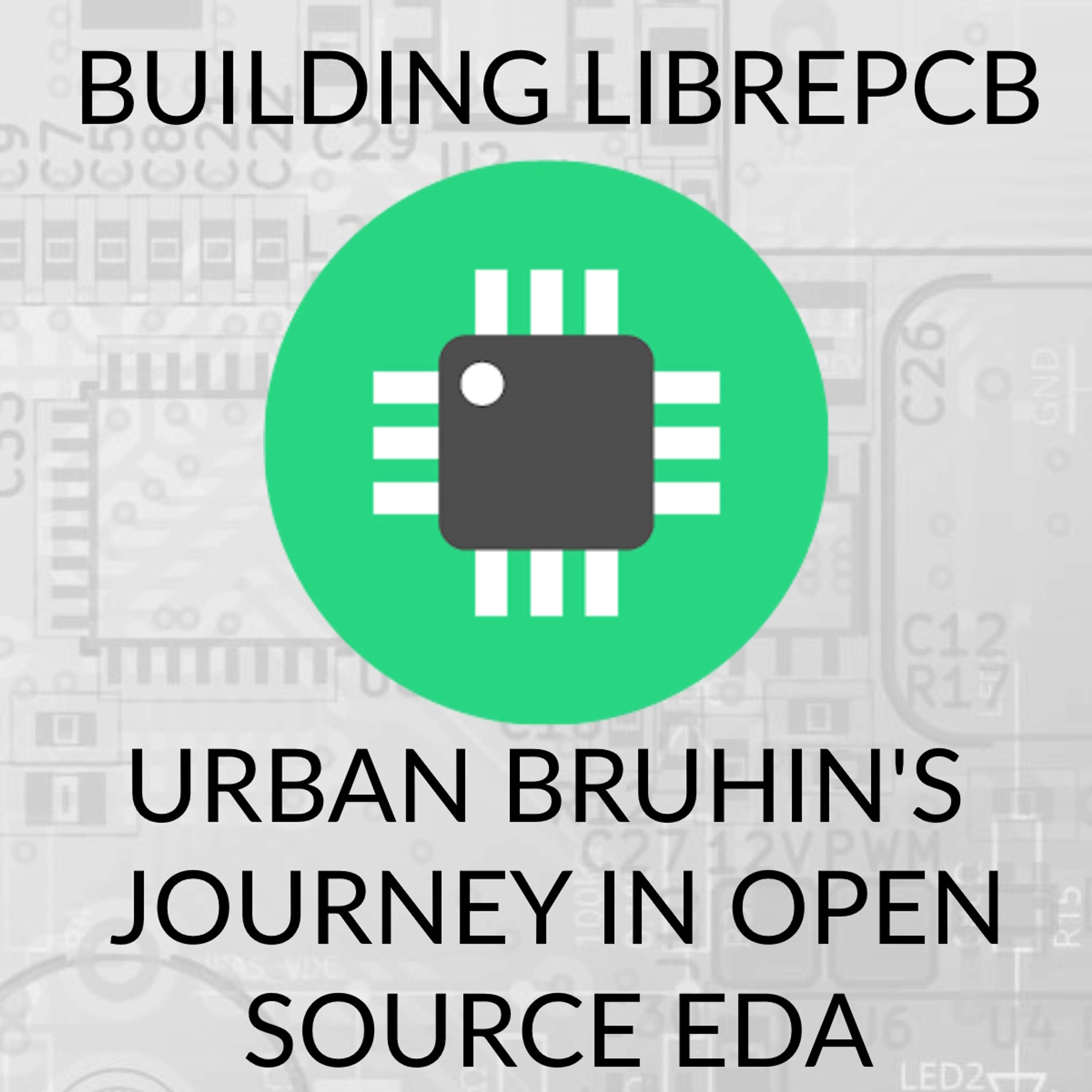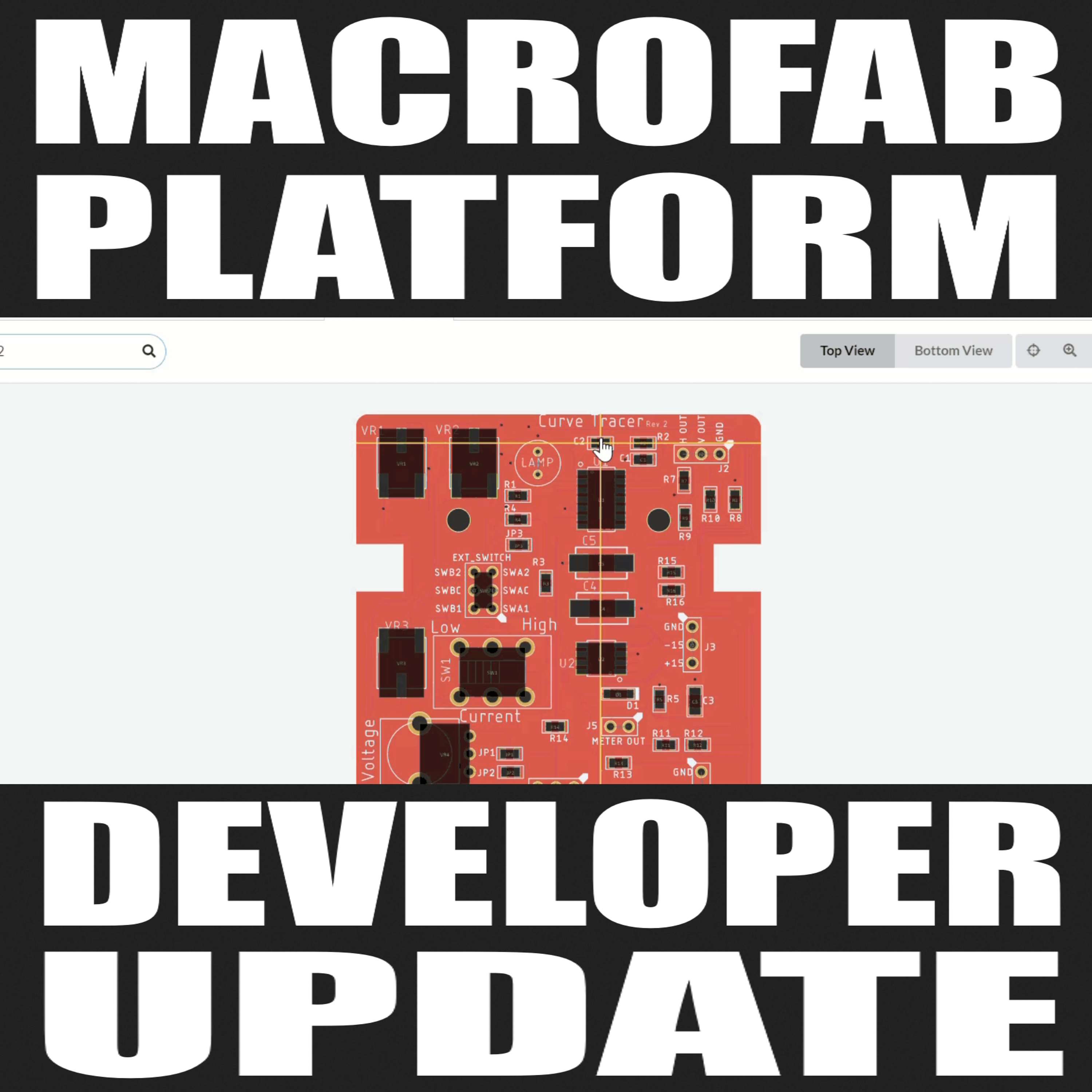EP#426: Top Features to Add to Your Next Prototype
Description
Today, we're tackling a topic that's a gold mine for any designer: crucial features you might not have considered for your prototype. From debug headers to "Swapperoo" resistors and heartbeat indicator LEDs, we're covering it all. Tune in as we share insights, anecdotes, and maybe a few confessions from our own prototyping adventures. Plus, we dive into the importance of making your prototype testing-friendly and discuss a poll that could solve a common UART connection dilemma. This is episode 426 – your prototype's new best friend!
Discussion Highlights:
- Debug Headers: Taking inspiration from James Lewis’s Apple Mega 2 project, we discuss the importance of embedding debug headers directly onto the PCB. We also highlight the Tag Connect's footprint as a space-saving, connector-free debugging interface.
- Test Pads for Production Testing: Crucial for measuring signals ensuring that potential circuit issues are not overlooked. This measure is crucial for validating the prototype’s performance.
- Jumper Headers in Series on Power Rails: This method allows for the quick disconnection of subsystems for individual testing, enhancing the diagnostic process without the need for circuit alterations.
- Easy ways to hook up test equipment: By integrating connectors and test points specifically designed for easy attachment of debugging and testing tools, such as multimeters or oscilloscopes, engineers can streamline the troubleshooting process.
- Signal Integrity Testing Points: To monitor and adjust signal quality proactively, supporting the prototype’s overall integrity.
- Thermal Management: Managing component temperatures is a critical aspect often overlooked in the early stages of prototyping. The discussion includes practical strategies for thermal management, even in challenging environments like aerospace.
- Prioritizing Function Over Form: Make the prototype whatever shape it needs to be to be accessible for testing and debugging, even if it means starting with a larger form factor.
- Early Inclusion of Fiducials and Mounting Holes: The significance of adding fiducials and mechanical mounting holes at the onset of the design process aids in component placement, assembly, and effective heat dissipation.
- Adding Pass-Through Holes: For unforeseen modifications or component additions post-design, showcasing the flexibility this can provide to a prototype.
- Poll Discussion: When connecting two chips, each with their own TX and RX lines, should TX be connected to TX, or does TX connect to RX?
Relevant links:
MacroFab:
This show is brought to you by MacroFab, which provides a platform for electronics manufacturing services (EMS), hardware development, designing and prototyping for individuals, startups, and businesses. Key MacroFab services include PCB (Printed Circuit Board) fabrication, assembly, and testing. Customers can use MacroFab's platform to upload their PCB designs, select components, and specify manufacturing requirements.
We Want to Hear From You!
Subscribe to Circuit Break wherever you get your podcasts! And join our online Discourse discussion hub at forum.macrofab.com to keep the conversation going with electrical engineering experts and experimenters! You can also email us at podcast@macrofab.com.
























